
Trees of South Africa
South African Indigenous Trees List
Baobab Tree in Kruger National Park, South Africa.
The tree is a well-known symbol of life - a fresh start, positive energy, good health and a bright future. The tree generates oxygen, stores carbon, stabilises the soil and gives life to the world's wildlife.
South Africa has a plethora of iconic, indigenous trees that add to the beauty of South African biodiversity.
South Africa Online ® delivers factual and educational information on indigenous South African trees, such as the grand Baobab and Marula trees, the sausage tree and the quiver tree.
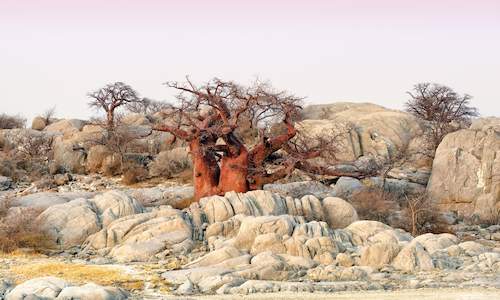
All species of baobab trees are deciduous, meaning they shed their leaves annually. This tree is very unique in its appearance and can grow ...
more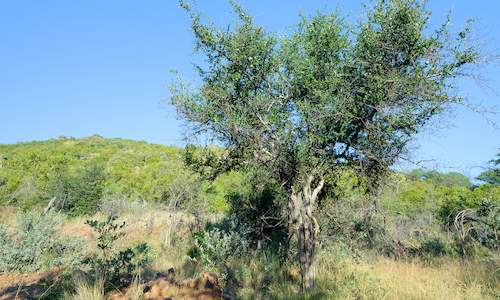
The black monkey orange bears a fruit about the same size as a commercial orange, up to 10 cm wide, which starts out green-blue in colour an...
more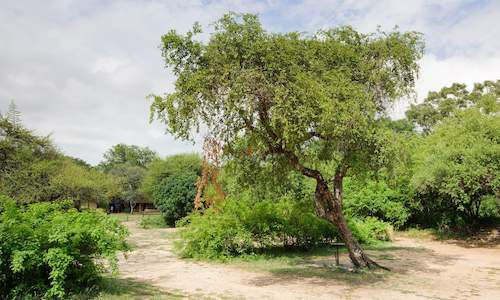
The buffalo thorn blooms from October to April, showing its silvery green flowers hiding in dense bunches of its leaves. Its leaves, too, ar...
more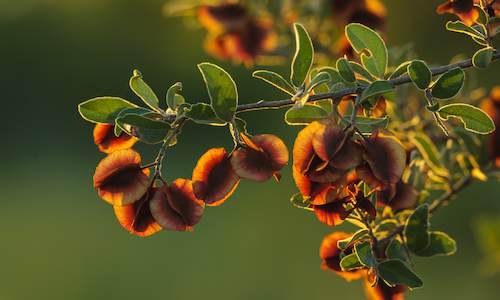
The bushwillow blooms during September in greenish-yellow axillary spikes. These sweet fragrant flowers have been seen to be in bloom during...
more
The common star-chestnut is an unusual looking tree which is hard to miss with its fat trunk that resembles molten material both in shape an...
more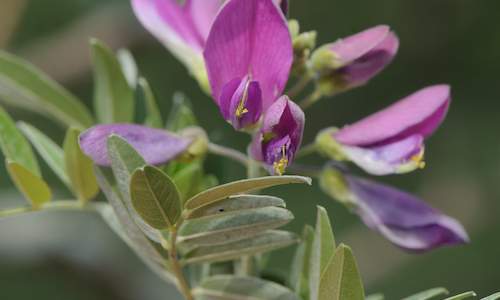
The cork bush is a very attractive plant. It has pale grey leaves embedded with fine silver hairs that make the whole plant seem shiny. When...
more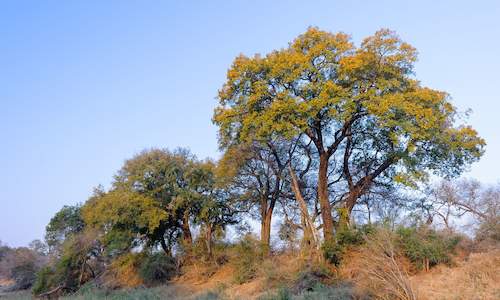
The Jackalberry tree can grow extremely tall, up to 25 m high. The circumference of its trunk measures about 4 m. The tree trunk grows uprig...
more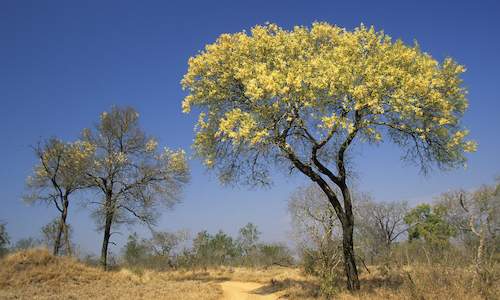
The knob thorn tree is characterised by the shape of its leaves. Each leaf comprises of four to six leaflets, is rather large with lopsided ...
more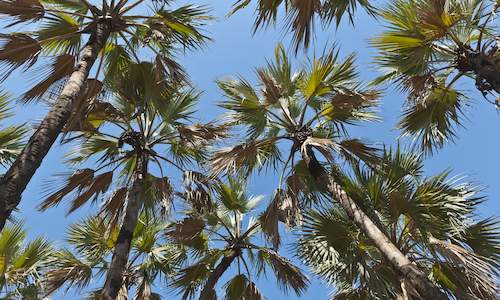
The lala palm tree grows about 5 to 7 m in height, but can reach 15 m. Its stems, growing singly or as more than one, thicken slightly halfw...
more
The marula tree has a history that dates back thousands of years. Archaeological evidence has shown that this tree has been a nutritional so...
more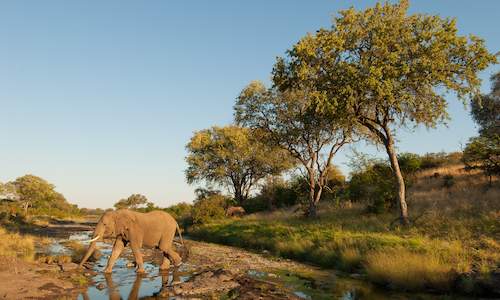
The mopane tree characterises the landscape in which it grows for the most part of the year, its new green leaves turning a variety of autum...
more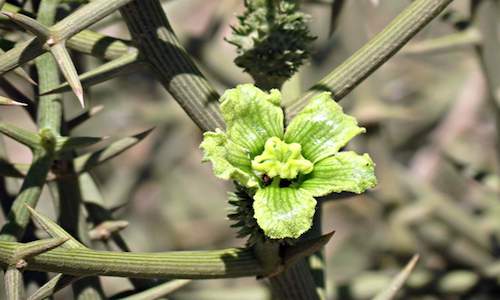
The nara plant can grow up to 1.5 m in height, its roots digging deep into the sand in search of water tables. These plants are entirely lea...
more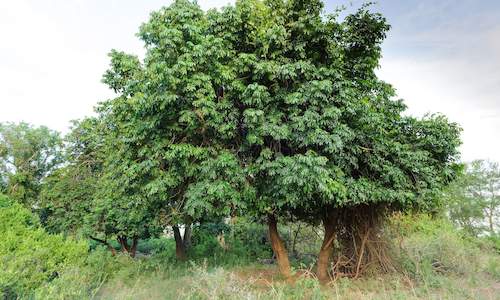
The Natal Mahogany is an evergreen tree that can reach a height of 20 m. It bears a wide spreading crown, creating dense shade under its bra...
more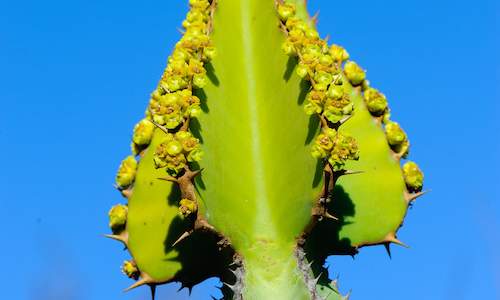
The branches of this tree are modified into cylindrical photosynthetic organs. The process of synthesizing glucose food from carbon dioxide ...
more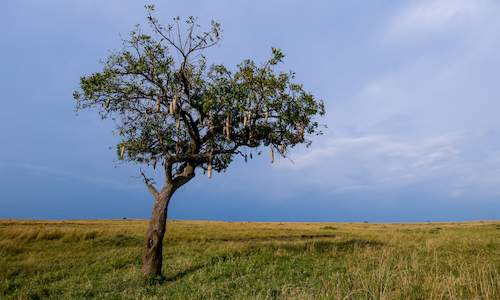
The sausage tree carries beautiful flowers varying from blood red to maroon, hanging down in long panicles. Animals such as bushpigs, the im...
more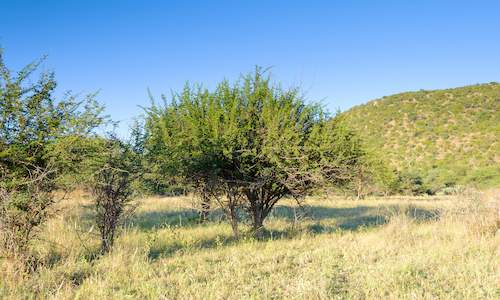
The leaves of the sickle bush are soft and feathery. Like other parts of the tree, they are nutritious and are also used in a number of medi...
more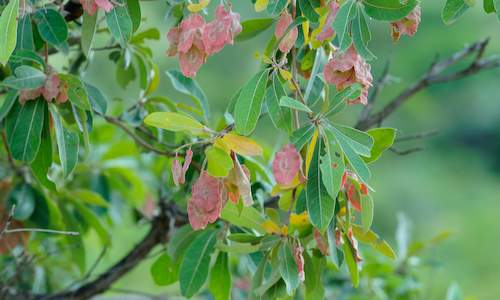
The silver cluster-leaf has a practical common name. Its long lance-shapes leaves are clustered at the ends of the branches and fine silvery...
more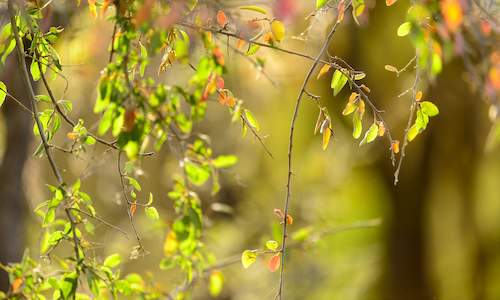
The tamboti tree is of medium height, and has characteristically dark and rough bark. It is a deciduous tree spotted by various colours with...
more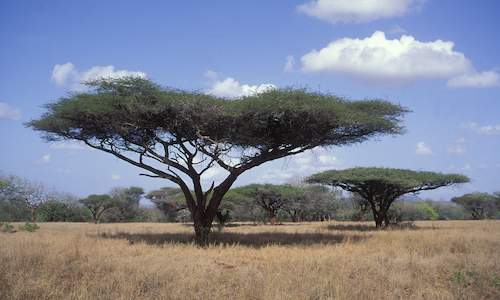
The pods of the umbrella thorn tree are eaten by wild and domestic animals as well as humans, at times. These twisty, gold-brown pods fall t...
more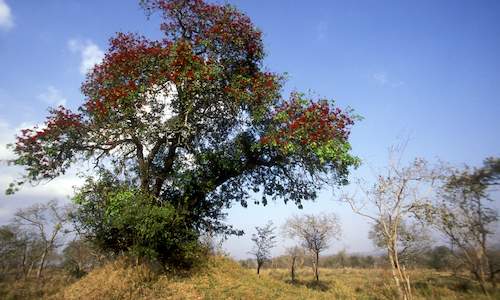
e weeping boer bean is a medium-sized to large tree, varying in height from 11 m to 16 m and able to reach 22 m. It has a single trunk which...
more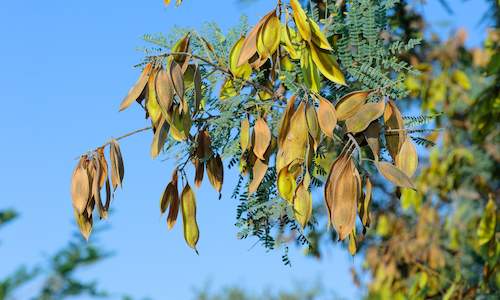
The weeping-wattle gets the weeping part of its name from the fact that it harbours spittle-bugs. These small sap-sucking insects tap moistu...
more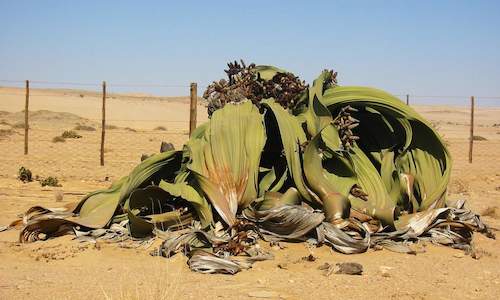
The welwitschia is a very strange plant with long, wide, strap-like leaves that grow on the ground. The plant only grows two leaves in its l...
more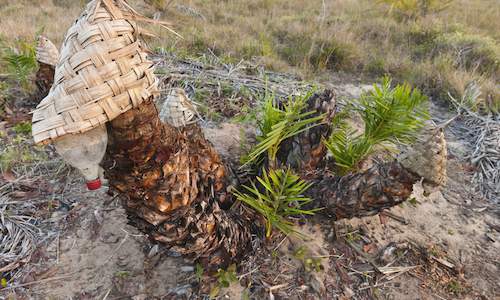
The wild date palm is an evergreen tree that grows no higher than 6 m. Its leaves are about 3 to 4 m long and resemble a feather, comprised ...
more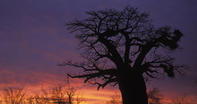
 All species of baobab trees are deciduous, meaning they shed their leaves annually. This tree is very unique in its appearance and can grow ...
All species of baobab trees are deciduous, meaning they shed their leaves annually. This tree is very unique in its appearance and can grow ... The black monkey orange bears a fruit about the same size as a commercial orange, up to 10 cm wide, which starts out green-blue in colour an...
The black monkey orange bears a fruit about the same size as a commercial orange, up to 10 cm wide, which starts out green-blue in colour an... The buffalo thorn blooms from October to April, showing its silvery green flowers hiding in dense bunches of its leaves. Its leaves, too, ar...
The buffalo thorn blooms from October to April, showing its silvery green flowers hiding in dense bunches of its leaves. Its leaves, too, ar... The bushwillow blooms during September in greenish-yellow axillary spikes. These sweet fragrant flowers have been seen to be in bloom during...
The bushwillow blooms during September in greenish-yellow axillary spikes. These sweet fragrant flowers have been seen to be in bloom during... The common star-chestnut is an unusual looking tree which is hard to miss with its fat trunk that resembles molten material both in shape an...
The common star-chestnut is an unusual looking tree which is hard to miss with its fat trunk that resembles molten material both in shape an... The cork bush is a very attractive plant. It has pale grey leaves embedded with fine silver hairs that make the whole plant seem shiny. When...
The cork bush is a very attractive plant. It has pale grey leaves embedded with fine silver hairs that make the whole plant seem shiny. When... The Jackalberry tree can grow extremely tall, up to 25 m high. The circumference of its trunk measures about 4 m. The tree trunk grows uprig...
The Jackalberry tree can grow extremely tall, up to 25 m high. The circumference of its trunk measures about 4 m. The tree trunk grows uprig... The knob thorn tree is characterised by the shape of its leaves. Each leaf comprises of four to six leaflets, is rather large with lopsided ...
The knob thorn tree is characterised by the shape of its leaves. Each leaf comprises of four to six leaflets, is rather large with lopsided ... The lala palm tree grows about 5 to 7 m in height, but can reach 15 m. Its stems, growing singly or as more than one, thicken slightly halfw...
The lala palm tree grows about 5 to 7 m in height, but can reach 15 m. Its stems, growing singly or as more than one, thicken slightly halfw... The marula tree has a history that dates back thousands of years. Archaeological evidence has shown that this tree has been a nutritional so...
The marula tree has a history that dates back thousands of years. Archaeological evidence has shown that this tree has been a nutritional so... The mopane tree characterises the landscape in which it grows for the most part of the year, its new green leaves turning a variety of autum...
The mopane tree characterises the landscape in which it grows for the most part of the year, its new green leaves turning a variety of autum... The nara plant can grow up to 1.5 m in height, its roots digging deep into the sand in search of water tables. These plants are entirely lea...
The nara plant can grow up to 1.5 m in height, its roots digging deep into the sand in search of water tables. These plants are entirely lea... The Natal Mahogany is an evergreen tree that can reach a height of 20 m. It bears a wide spreading crown, creating dense shade under its bra...
The Natal Mahogany is an evergreen tree that can reach a height of 20 m. It bears a wide spreading crown, creating dense shade under its bra... The branches of this tree are modified into cylindrical photosynthetic organs. The process of synthesizing glucose food from carbon dioxide ...
The branches of this tree are modified into cylindrical photosynthetic organs. The process of synthesizing glucose food from carbon dioxide ... The sausage tree carries beautiful flowers varying from blood red to maroon, hanging down in long panicles. Animals such as bushpigs, the im...
The sausage tree carries beautiful flowers varying from blood red to maroon, hanging down in long panicles. Animals such as bushpigs, the im... The leaves of the sickle bush are soft and feathery. Like other parts of the tree, they are nutritious and are also used in a number of medi...
The leaves of the sickle bush are soft and feathery. Like other parts of the tree, they are nutritious and are also used in a number of medi... The silver cluster-leaf has a practical common name. Its long lance-shapes leaves are clustered at the ends of the branches and fine silvery...
The silver cluster-leaf has a practical common name. Its long lance-shapes leaves are clustered at the ends of the branches and fine silvery... The tamboti tree is of medium height, and has characteristically dark and rough bark. It is a deciduous tree spotted by various colours with...
The tamboti tree is of medium height, and has characteristically dark and rough bark. It is a deciduous tree spotted by various colours with... The pods of the umbrella thorn tree are eaten by wild and domestic animals as well as humans, at times. These twisty, gold-brown pods fall t...
The pods of the umbrella thorn tree are eaten by wild and domestic animals as well as humans, at times. These twisty, gold-brown pods fall t... e weeping boer bean is a medium-sized to large tree, varying in height from 11 m to 16 m and able to reach 22 m. It has a single trunk which...
e weeping boer bean is a medium-sized to large tree, varying in height from 11 m to 16 m and able to reach 22 m. It has a single trunk which... The weeping-wattle gets the weeping part of its name from the fact that it harbours spittle-bugs. These small sap-sucking insects tap moistu...
The weeping-wattle gets the weeping part of its name from the fact that it harbours spittle-bugs. These small sap-sucking insects tap moistu... The welwitschia is a very strange plant with long, wide, strap-like leaves that grow on the ground. The plant only grows two leaves in its l...
The welwitschia is a very strange plant with long, wide, strap-like leaves that grow on the ground. The plant only grows two leaves in its l... The wild date palm is an evergreen tree that grows no higher than 6 m. Its leaves are about 3 to 4 m long and resemble a feather, comprised ...
The wild date palm is an evergreen tree that grows no higher than 6 m. Its leaves are about 3 to 4 m long and resemble a feather, comprised ...